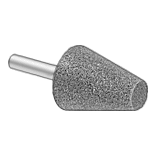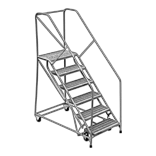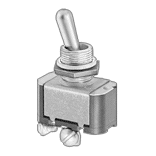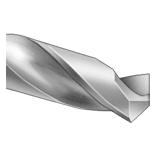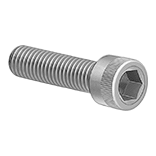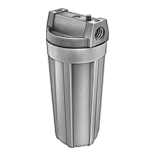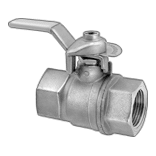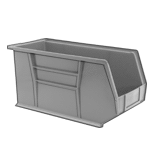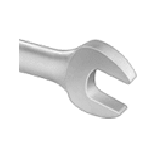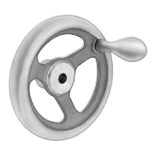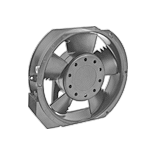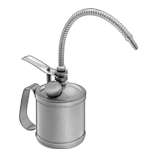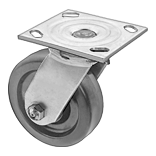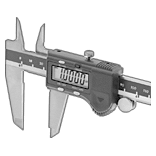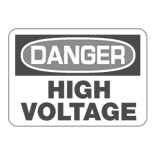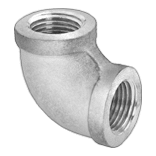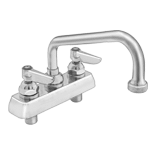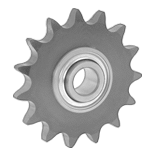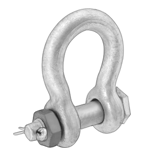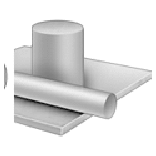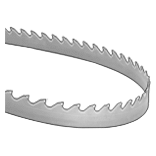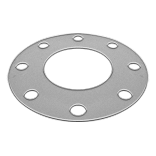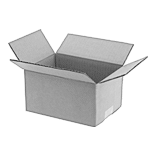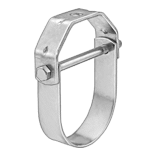Filter by
System of Measurement
Thread Size
Spring Plunger Nose Type
Locking Type
Nose Diameter
Compressed Nose Force
Extended Nose Force
Nose Material
Thread Type
Body Material
Drive Style
Body Length
Extended Nose Length
DFARS Specialty Metals
Export Control Classification Number (ECCN)
Mount Type
Performance
REACH
RoHS
Thread Spacing
Maximum Threadlocker Temperature
Minimum Threadlocker Temperature
Threadlocker Type
Ball-Nose Spring Plungers
 |
 |
Align, position, and lock moving parts for most machining and assembly tasks. These spring plungers have a spring-loaded ball that compresses when a part presses against it, and then pops out into a notch or groove to hold the part in place. Unlike long-nose spring plungers, the ball rolls easily in and out of position, so they're a great fit for applications that require consistent, smooth movement, such as positioning parts in an assembly line and aligning fixtures and jigs when cutting or drilling.
Spring plungers are available with or without a threadlocker. Those with a threadlocker won't wiggle loose from vibration. Spring plungers without a threadlocker are easier to remove.
440C Stainless Steel Nose—The strongest, most wear-resistant stainless steel noses, these grind against hard metal surfaces without denting or scratching. However, they are not as corrosion resistant as 316 stainless steel.
Extended Nose Force—This is the amount of force needed to start depressing the nose.
Compressed Nose Force—This is the amount of force needed to fully depress the nose into the plunger body, so it releases from a hole, notch, or surface. A lighter compressed nose force with a shallower hole releases more easily, while a heavier compressed nose force with a deeper hole holds more securely.
